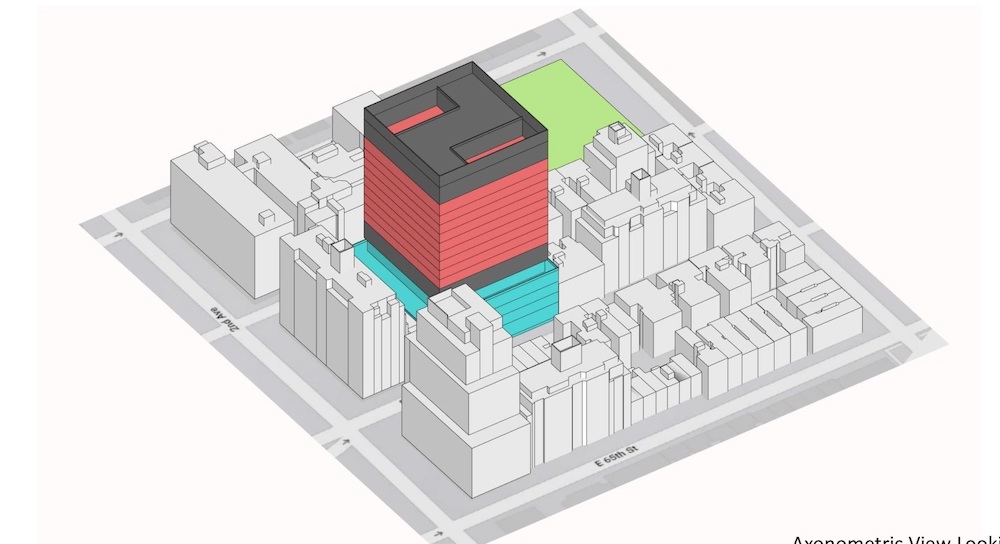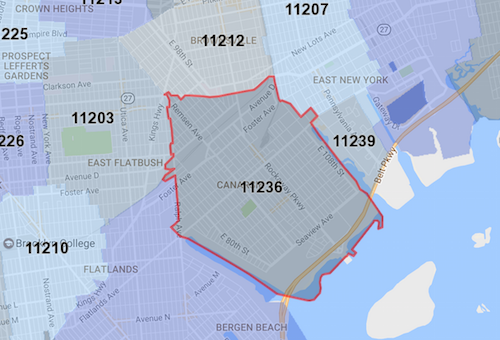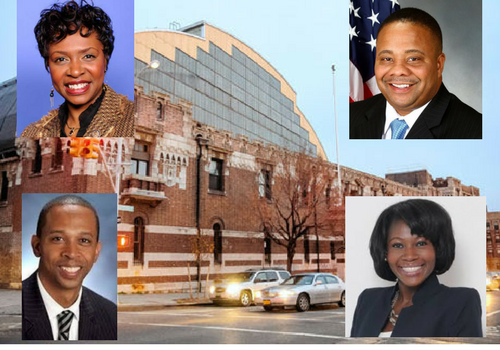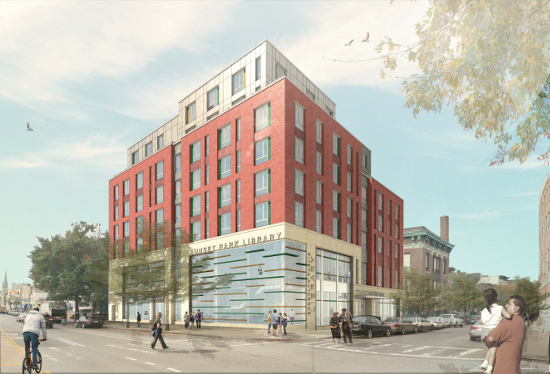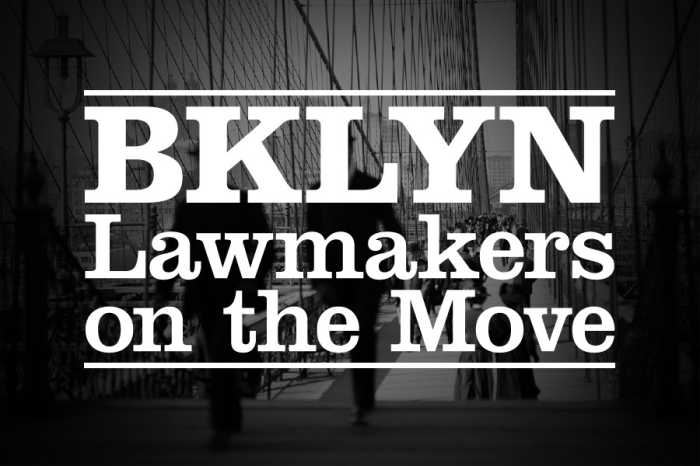For decades, the Upper East Side of Manhattan has enjoyed its low-rise buildings, with schools and small businesses filling out a landscape that allowed for families to raise their children in a safe and hospitable environment. Now a recent development scheme threatens to upend our community, creating congestion and unnecessary dangerous hazards, while giving an opportunity for developers to increase the density of other blocks, changing the character of the neighborhood that residents take pride living in; all on the site of the New York Blood Center
Late last year, representatives from the New York Blood Center presented a plan to Community Board 8 that would not just to re-zone the property their building is located on – 67th Street between 1st and 2nd Avenues – but also two properties around it. The Blood Center and a developer partner not only presented a plan completely out of character with our neighborhood, but they offered no actual justification to erect a brand new commercial tower, while also neglecting the environmental hazards that would occur if it was approved.
First, let’s take a step back. The current zoning covering the Upper East Side (R8B), has been in place for 35 years, preserving our neighborhood as a low-rise, residential community. Swaths of five-story walk-ups that allow natural light to come in predominate in a community that provides a place where schools and several state of the art science and medical facilities could operate. With this, small businesses have thrived and it is safe for youth to walk down the streets.
To put in perspective how much of a change this re-zoning would represent, this development proposal would allow for floor plates larger than the tower portion for the Empire State Building. It calls for a demolition of the current New York Blood Center to be replaced by a 16th floor building, but would actually be as tall as a 33-story tower because of its high ceilings. If the new tower is built, it would create a shadow right over the residential building behind it, including St. Catherine’s Park and the Julia Richman Education Complex that houses six schools. There are several problems that would occur during the construction and after the building is open.
First, St. Catherine’s Park, across the street from the Blood Center, is the only green space between the East River and Central Park, and 63rd and 75th Streets, making it a very popular place for families to gather on a warm afternoon to be with their neighbors. But the Blood Center’s tower would cast a shadow over the park, ruining the green effect it has for the community, allowing natural light to come down, which is proven to be associated with several health advantages. The shadow would also be more prevalent in the afternoons, when the park is used the most.
Also, right next to the Blood Center, there is a public library that is used throughout the day. As the construction goes on, students and residents could be exposed to diesel fumes, asbestos, and led during the demolition and construction, which is estimated to take four and a half years to complete. They would also be denied ambient light.
We also cannot forget that this tower would sit between avenues on a narrow block; this would create more traffic in an already congested area. When the building is complete, it is estimated that two-thousand more people would be on to this block every day. The plan presented did not take into account the school buses that drop off and pick up students – many with special needs – or the additional trucks that would be needed to deliver even more liquid nitrogen, which is currently delivered every two weeks. With the service entrance for the Blood Center on 66th street, it’s a real possibility that even more people will decide to walk on 67th street because they feel unsafe when the trucks are sitting idle on 66th street for at least one-and-one-half hours.
While the Upper East Side is already home to several life-science sector buildings – including the Sidney Kimmel for Prostate and Urologic Cancer Center, Laboratory Medicine, and Memorial Sloan Kettering – none violate current zoning laws. The Blood Center gave no justification for extra space, and its own proposal states it will only occupy three-floors, the same amount of space they have now, while not disclosing who would occupy the other thirteen floors.
In 1984 the New York Blood Center withdrew a proposal very similar to the one they present now, and for good reason, it simply doesn’t work. In the meantime, we have not heard any reason why they need extra space and have not told us where they will operate if the current building is torn down.
Don’t get us wrong, we are happy to have such a robust life-science sector in our community, and are pleased that Rockefeller University will be building a new $9 million hub to increase its presence.
With many new elected officials coming into office after this year’s election, and a continued push by city agencies to grow the life-science sector in the city, residents and civic groups have united once again to speak out against this tower scheme so those who live on the Upper East Side in the future can enjoy the same quality of life we do today.
Instead of proposing ideas that ruin our community’s character and create more problems than they solve, the New York Blood Center should instead work with the community to figure out the best approach to preserving the environment around them, while also getting what they need to operate safely now and for the decades to come.
Bill Angelos is President of his Condo Board on the Upper East Side and has been a solo practicing attorney for over a decade.
Editor’s Note: It is the policy of PoliticsNY to post nearly all op-eds it receives with some exceptions such as from candidates in an active campaign or if they are blatantly derogatory or hateful. The op-eds do not reflect the views of PoliticsNY.


